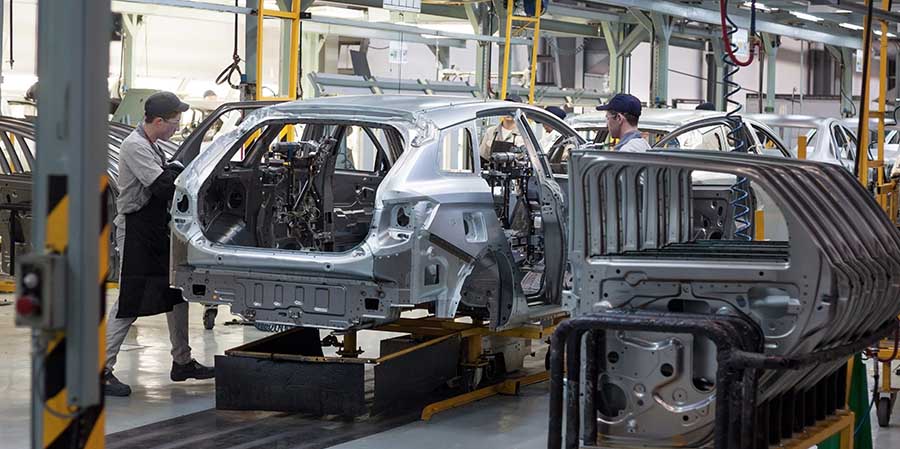Automotive industry without steel: a utopia in the 21st century
Who said aluminium and carbon fibre would be the materials of the future? It is true, albeit only in part, since the automobile industry does not envisage its present or future without steel: an alloy used by humanity for millennia in all kinds of applications. In Arania, we are specialists in precision cold rolled steel stripping, and a large part of our production goes to the automotive sector. Today, we reveal the secrets of this wonderful material, one of the most versatile and useful in the world.
Few sectors need to reinvent themselves as much as the vehicle industry. Technical evolution of car types and the rethinking of the concept of vehicle itself, in addition to new materials, alloys and innovations appearing every day keep increasing engineers’ eagerness to explore and introduce these new features in their latest designs. Thus, modern industrialisation processes in the automotive sector condition the productive scenarios for the main suppliers of components and materials, especially concerning steel.
Despite the wide range of options currently available, high quality steel remains the most demanded resource when it comes to finding a robust, flexible, efficient and durable solution that successfully surpasses the highest quality standards of automotive manufacturers. However, the scope of this challenge is even greater, as we are virtually used to each new model being lighter and better equipped than its forerunner.
Lighter steel, lighter cars
Recently, vehicle manufacturers have faced their own problem: the bigger size and escalating complexity of new cars. Today, they incorporate a countless number of systems and equipment that increase safety and comfort, but also total weight. As vehicles become more performing, efficient and technologically equipped, the only solution that major car brands find to reduce their weight inevitably involves the use of lighter materials.
This is where Arania comes into play: our steel meets the highest standards of quality, safety and energy efficiency required by the automobile sector. To this day, neither carbon fibre nor aluminium has proved to be the answer to the weight issue without creating an even greater drawback: the increase of production costs. Renowned manufacturers such as Audi and BMW, among others, have tried to use aluminium, magnesium, carbon fibre and other exotic materials to lighten their vehicles, without much business success.
Why do we use high strength steel?
The high strength microalloyed steels produced by Arania offer the optimal combination of high resistance (with values up to 1,000 MPa) and deformation capacity, making it possible to use lower thicknesses for the same mechanical loads and, therefore, reducing the final weight of the vehicle.
In this sense, metal known today as “high strength steel” has its origin in the First World War, when the scale of the struggle forced the metallurgical industry to develop better quality materials, able to withstand the incredible loads and stresses related to the dizzying evolution of war power.
As a result, the automotive sector embraced this improved steel, but it was only a few decades ago when it became definitively standardised. Today, modern steels offer great performances, allowing engineers to design key elements for the integrity of the car, or critical for safety reasons, in a lighter and more resistant way. This is the case of the rear belt elevator, the automatic transmission discs, and many other components, where Arania deploys its expertise in microalloyed steels, both in the field of standard steels and for special developments (ARA600 to ARA900 family).
Ultimately, vehicles of the future will be required to be lighter and more efficient, placing Arania in a privileged position as a priority supplier of high quality steel for the automotive industry. Our expertise allows us to lead Southern Europe’s sector of high and low carbon cold rolled precision steel, as well as high yield strength steels and high strength alloys. Whether it is for automobile or industrial applications, our greatest achievement is turning steel into illusions.
